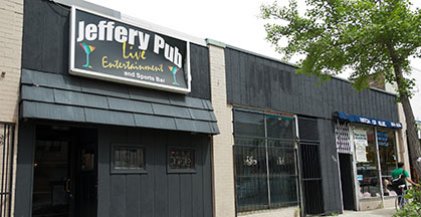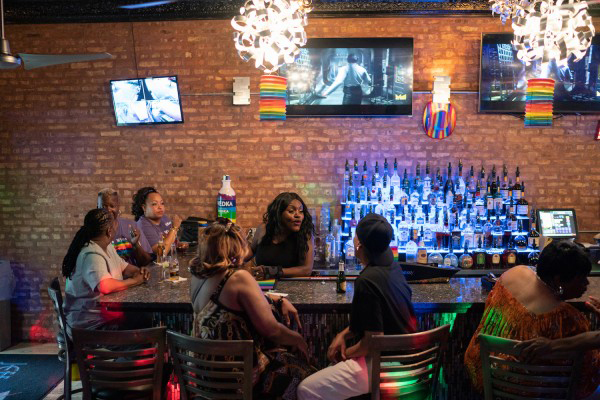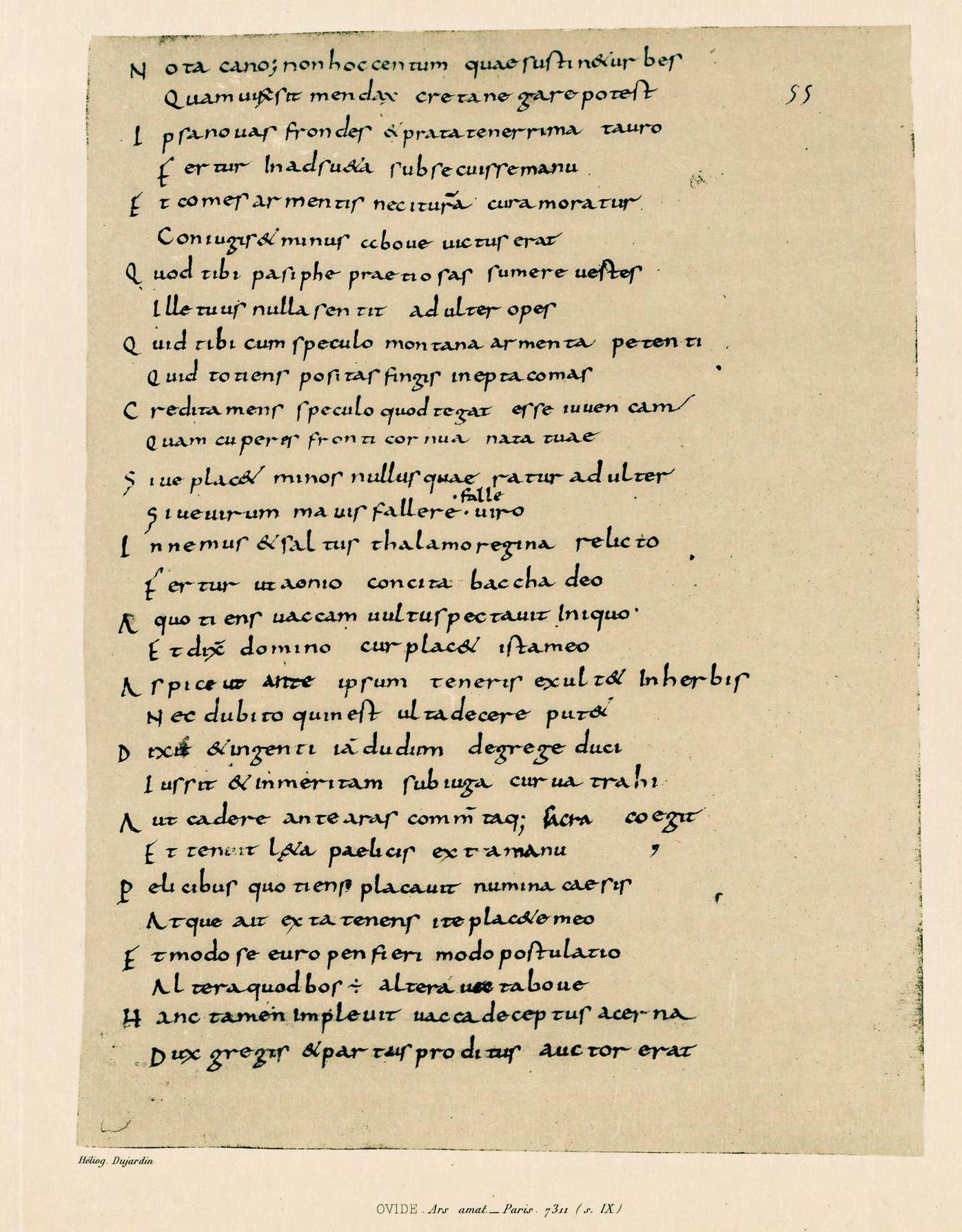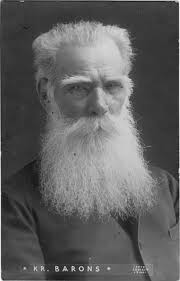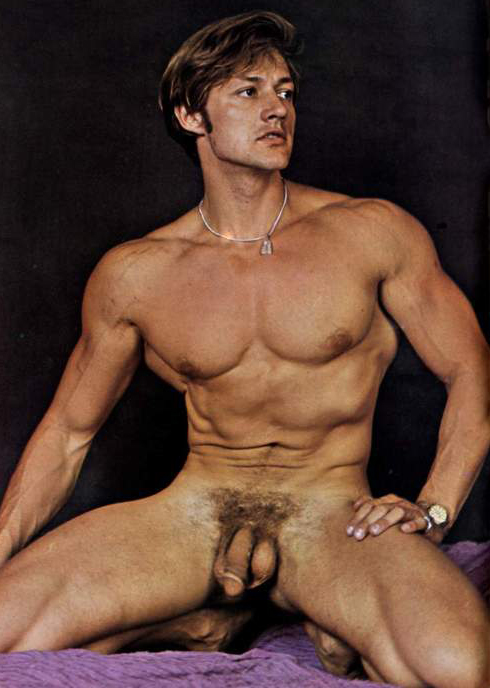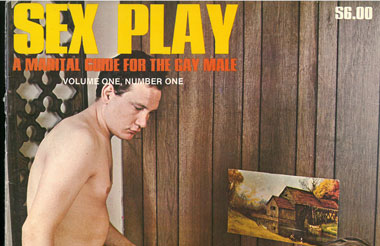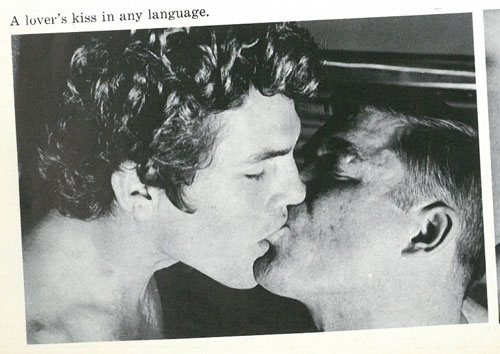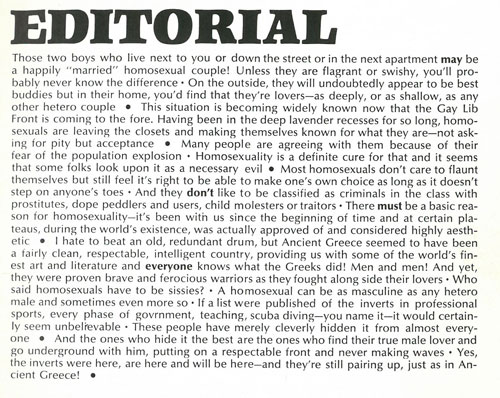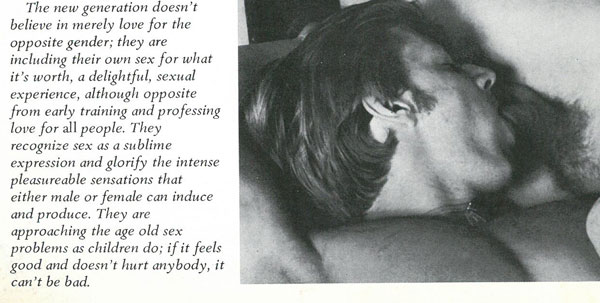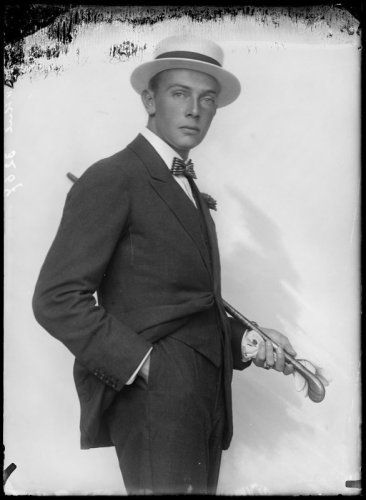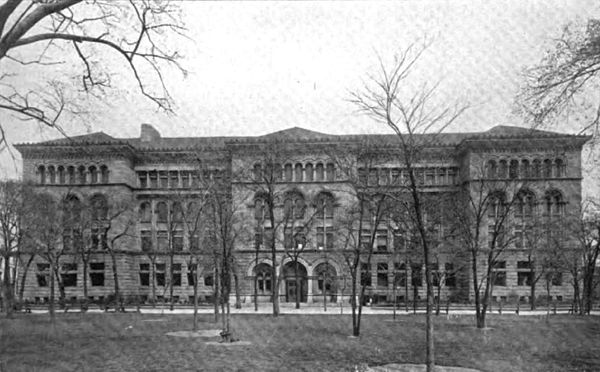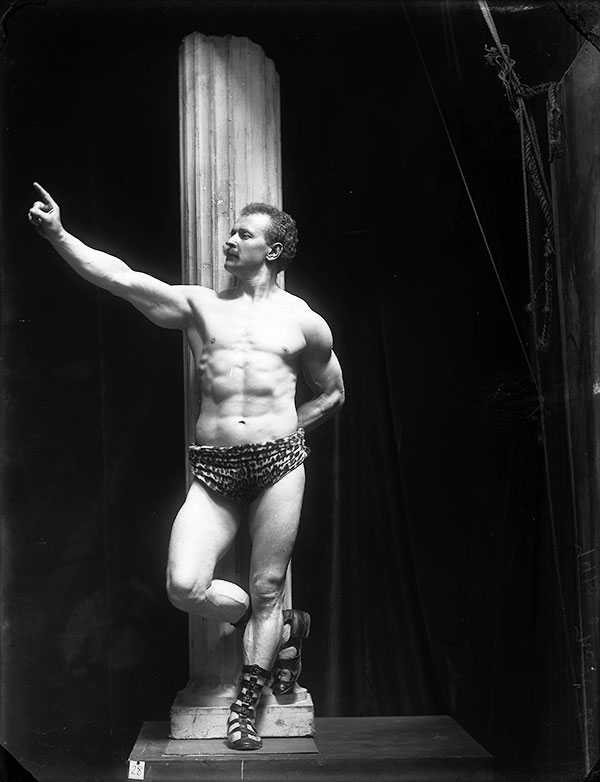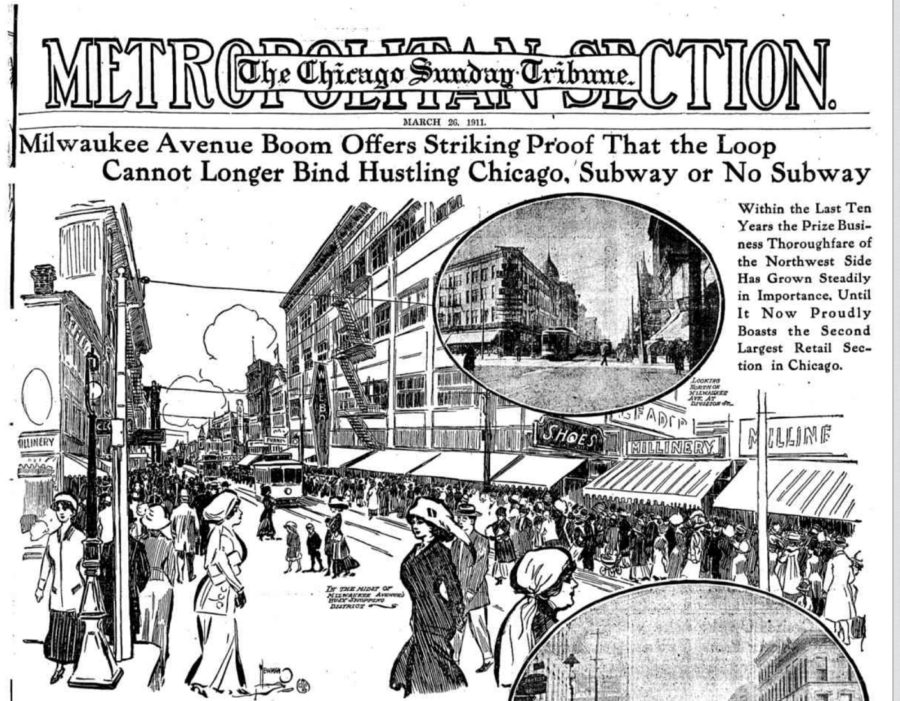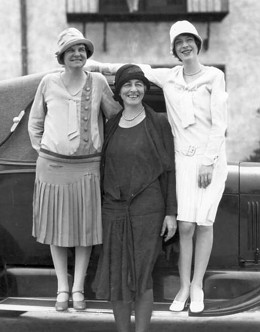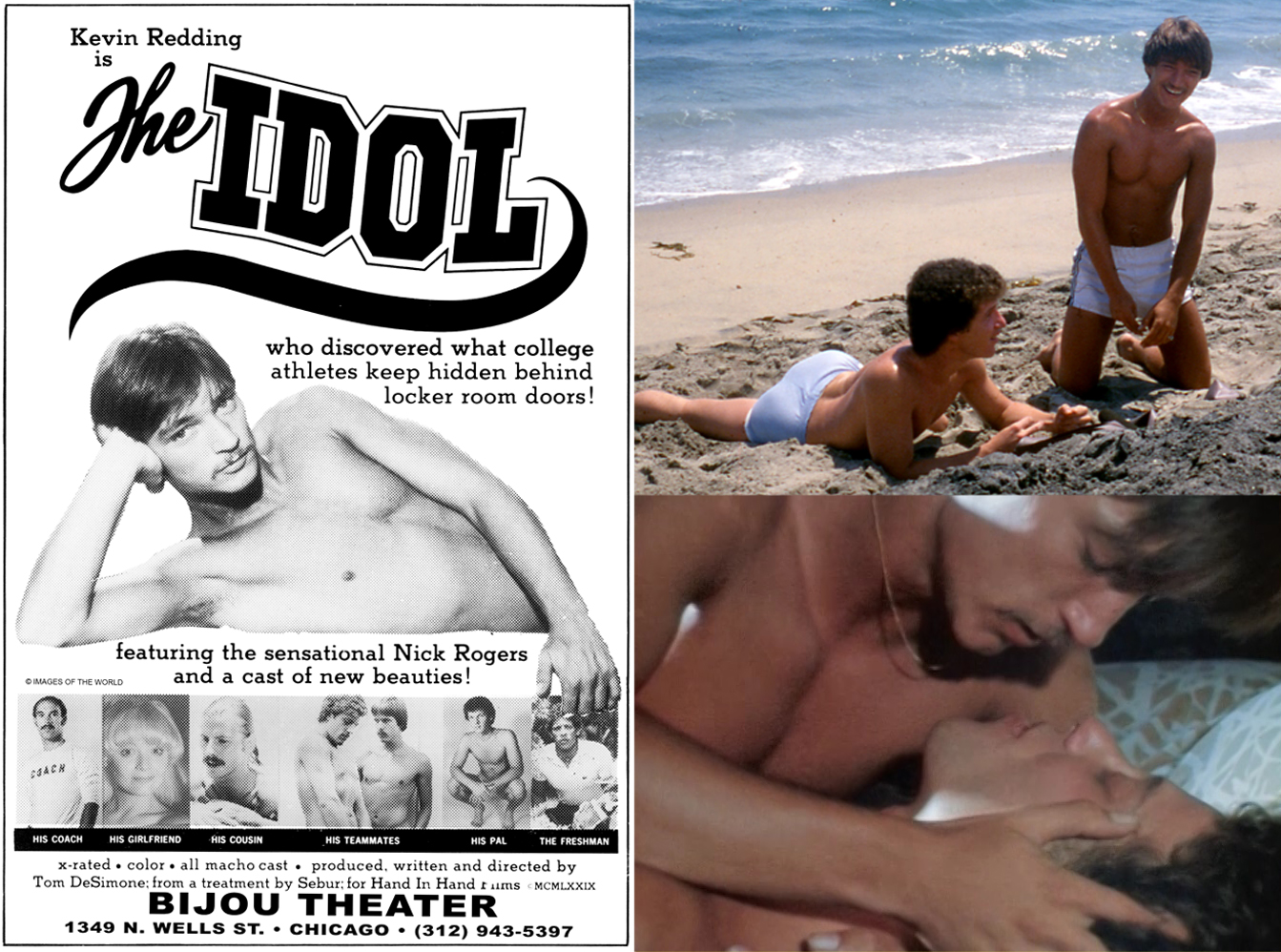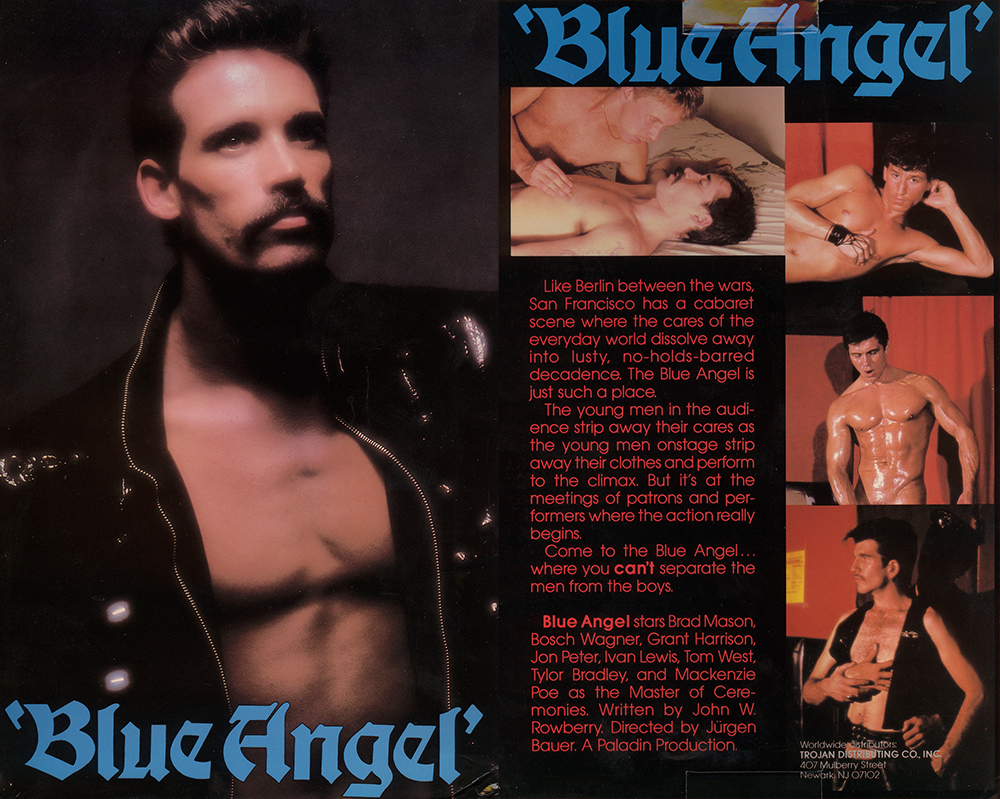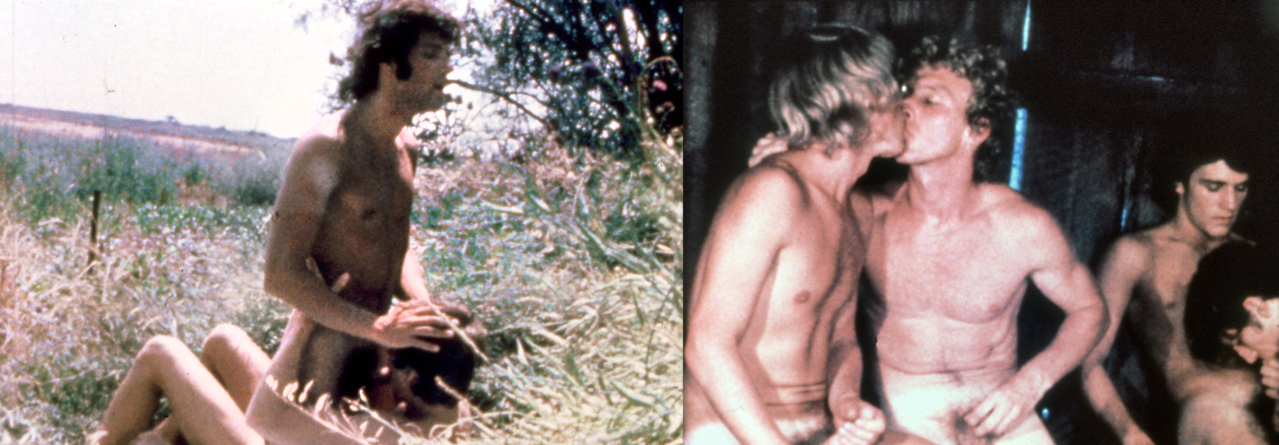posted by Madame Bubby  Jim Cassidy
Jim Cassidy Sex Play, which appears to be an early 1970s gay porn “naughty picture book,” features an article by gay porn star Jim Cassidy entitled, “Why Be A Homosexual.” (Cassidy appears in several vintage gay porn flicks - Whatever Turns Ya On, A Deep Compassion, The Light from the Second Story Window, and Chapter 3 - available on DVD at those links and streaming at BijouGayPorn.com.)

But the piece needs some immediate context. This picture book's full title is Sex Play: A Marital Guide for the Gay Male, which is most interesting, because of course at that time gays could not get married, but it assumes that there will be gay couples in long-term but not legally recognized relationships: “homosexual marriages.”
And the forward/editorial by a doctor lends the contents of the book, mostly pictures of different sex acts and positions with some explanation about their benefits to a healthy sexual relationship; authority and credibility. For example, the good doctor proclaims, “There must be a basic reason for homosexuality – it's been with us since the beginning of time and at certain plateaus, during the world's existence, was actually approved of and considered highly aesthetic.”
Yes, true, but here's where pre-existent prejudices come to the fore, “A homosexual can be as masculine as any hetero male and sometimes even more so. If a list were published of the inverts in professional sports, every phase of government, teaching, scuba diving – you name it – it would certainly seem unbelievable.”

It's quite daring that he mentions gays as teachers, given the false claims that gay guys are pedophiles, but the use of the word invert really shows prejudice. More significantly, in the late 19th and 20th century, invert was equated with homosexuality, an inborn trait; male inverts inclined to traditionally female behaviors and interests, and vice versa.

Yet this theory seems to refer more to transgender individuals, looking at it hindsight, but, more significantly in the context of the times, the good doctor feels the need to show that the homosexuals aren't necessarily “nellies” but also that the masculine ones are the ones who hide their true inversion by living in the closet with a male lover. Very much a product of the times, this view: sexual liberation was occurring, but in the long shadow of the closet, a closet which confused often sex with gender.
Thus, perhaps, the question about why one should be a homosexual in the last article of the publication, seems initially to be almost a tautology. This article begins with the usual arguments that no one knows why someone is a homosexual, but one can spot the nelly ones; it's the more macho ones need to stay underground. Cassidy does allow for a “middle” category, “architects, artists, dress designers, hair dressers, and yes, teachers and members of the clergy ...” Yes, anyone can be a homosexual, but are there degrees by which one behaves as one? The author seems to assume that homosexuality most probably equals, to a great extent, sexual inversion.
But, later in the piece, Cassidy makes some valid points about how young men, using the example of his own experiences in the small town of Delaney, are socialized to be around homoerotic situations, like locker rooms, but that these situations involve references to heterosexual behavior, boasting about “conquests,” even though these guys are experimenting with each other sexually in circle jerks and the like.

Perhaps referring obliquely to his own experience, he claims that, “once in a while, again more often than you would think, a true homosexual will emerge ...” Or, maybe, the person discovers he is already is one, was born that way, but there's a caginess going on here about the issue, followed, though, by some honest insight about how heteronormative sex/gender roles are constantly pushed on male youth, with emotionally damaging results to a young gay guy.
But, ultimately, Cassidy argues, it's all about “wildly throbbing cocks or hot, pulsating cunts.” Even the guy who feels like he must have sex with a girl, but then finds his true sexual fulfillment in a male relationship, having experienced both, he implies that sexuality exists on a spectrum, with bisexuality as a flexible, not rigid, center, an “and” instead of an “or.”
Thus, the supposedly restrictive social norms of a small town, with its rigid patriarchal gender roles, can actually, even for both sexes (though it's clear that the men who end up the choices, not the women, a serious, even lethal inequality reflective of the time this piece was written), end up transmuting into, as Cassidy claims, a “new generation [that] doesn't believe in merely love for the opposite gender; they are including their own sex for what it's worth, a delightful, sexual experience, although opposite from early training, and professing love for all people.”
Anyone can be gay; anyone can be straight; anyone can be bi. Homo, hetero, invert, whatever. Enjoy! The cause and the end result are the same.

